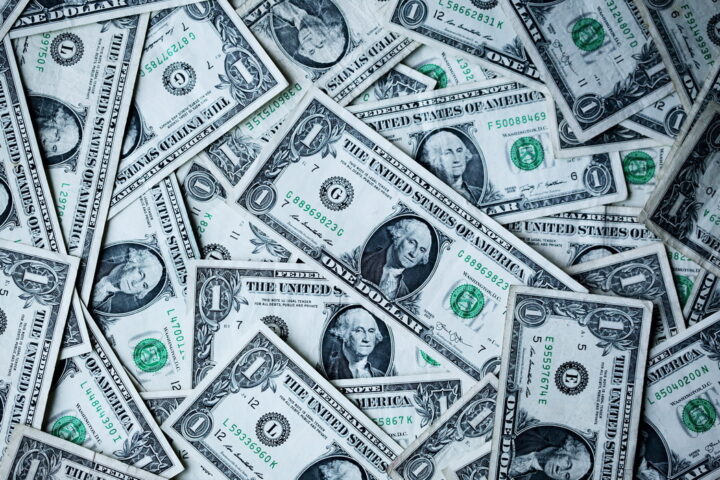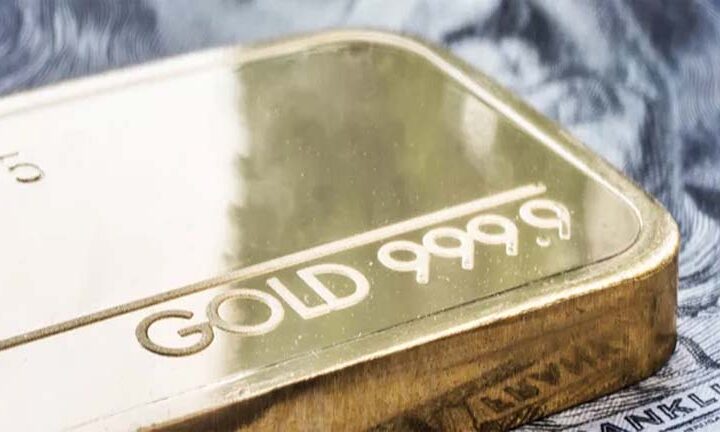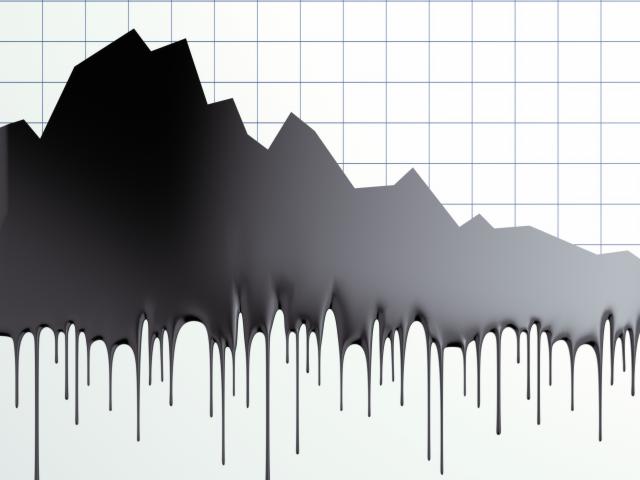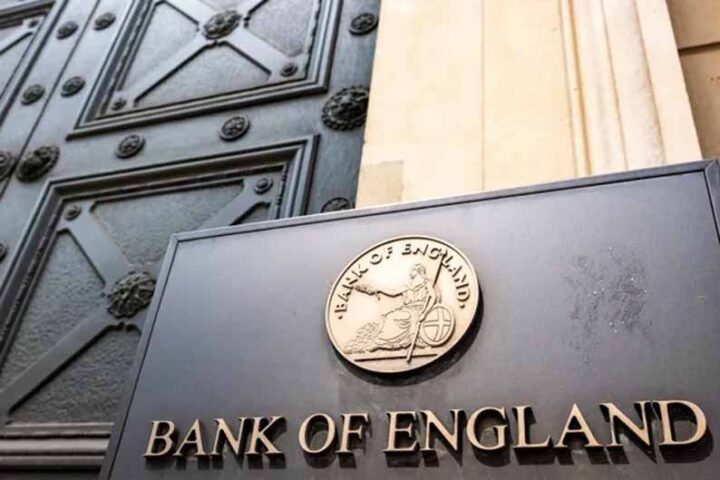By Jeffrey Halley
The extent of the impact of China’s Covid zero-policy on the domestic economy was highlighted Thursday morning as the Caixin Services PMI for April recorded its second-largest fall on record.
Caixin Services PMI fell from 42 to 36.2, one of several headwinds facing China markets as they return from the Labour Day holiday break, as the massive post-FOMC relief rally staged by US stock markets overnight could pass Chinese markets by.
China is tightening Covid-19 restrictions in Beijing and extending them elsewhere as its Covid policy continues to weigh on the domestic economy and exacerbate supply-chain issues internationally.
Reuters also reported that the US SEC has expanded its list of US-listed Chinese entities that face delisting over audit transparency. Another 80 companies were added including heavyweights JD.Com and Pinduoduo.
Perhaps the only silver lining for the rest of the world is in energy.
The EU announced overnight it was moving to enact a ban on Russian oil imports by the end of the year, with exceptions for Hungary and Slovakia. That was enough to torpedo European equities on Wednesday, but Brent crude finished the day over 5.0% higher.
Although the world continues to underprice Ukraine/Russia risks in the energy space, the slowdown in China is acting as a brake on rising oil prices.
In the EM space, India surprised markets with an unscheduled 40bp interest rate hike. That send the SENSEX tumbling, while the Indian Rupee surged higher.
Having held steady at the recent meeting, it speaks volumes about the inflation stresses that central bankers are facing now that India has shifted its policy bias.
India’s RBI has tolerated stagflationary monetary conditions throughout the entire pandemic to keep the lights on in the economy. Its shift is an important one, and it will be interesting to see if other Asian central banks start blinking on inflation as the year progresses.
Turning to the FOMC policy decision, it was a case of sell the rumour, buy the fact.
The FOMC hiked by 0.50% as expected, with Fed Chairman Jerome Powell signalling that another 0.50% hike is pencilled in for the next two meetings. That sparked a huge relief rally in equity and currency markets, with gold also rallying as the Street breathed a collective sigh of relief that 0.75% hikes were unlikely to happen.
In fact, Powell didn’t rule out a 0.75% hike next month, citing the need to be “nimble.”
Naturally, we saw the US Dollar plummet versus DM and EM currencies, equities rallied aggressively, bond yields eased, although mostly at the short end, and gold and silver posted handsome gains.
The FOMC also saved Bitcoin’s bacon, which rallied 5.0% higher after threatening a major downside technical breakout for the cryptocurrency earlier in the day.
Quantitative tightening
Lost in the noise, the Fed also announced a start to balance sheet reduction, or ‘quantitative tightening’.
From June, the Federal Reserve will start selling $45 billion of bonds and MBS’ a month, ramping up to $95 billion a month by September.
It will be interesting to see if we can avoid a “taper-tantrum” this time.
The Fed believes it can get away with aggressively tightening and reducing its balance sheet and a soft landing will prevail. Given their track record on “transitory inflation,” I am as nervous as a fat steer at a BBQ festival or using a pedestrian crossing here in Jakarta.
Australia’s trade surplus expanded to AUD 9.314 billion this morning. But it was driven by bloated demand for everything the lucky country grows, pumps, or digs out of the ground. Instead, the headline number was flattered by a 5.0% slump in imports even as exports were almost unchanged.
Building permits also slumped by 18.50% in March. Perhaps we are seeing the first signs that a lower Australian Dollar, making imported goodies more expensive, a surging cost of living, and rising financing costs, are starting to drag on the domestic economy, just as the RBA starts to hike rates.
Australia will be as insulated as any country from the Ukraine/Russia resource inflation surge that is yet to be fully felt by the global economy, but it won’t be fully immune to those downstream impacts.
Europe data ahead
Later Thursday, we have German Factory Orders, although I expect developments around the Europe/Russia oil ban to drown that out.
UK Services PMI has downside risks and could weigh on Sterling.
Later Thursday evening, also from the UK, we will have the results from the Northern Ireland election and a policy decision from the Bank of England. Markets have priced in a 0.25% hike to 1.0% from the BOE.
A hike of less than 0.25%, a soft approach to QT, and/or a dovish outlook, should stop Sterling’s overnight rally in its tracks and resume the downside pressure. The Northern Ireland election could also be Sterling negative if Sinn Fein sweeps the vote.
Finally, don’t forget that we also have the US Non-Farm Payrolls data due Friday.
Markets are pricing in around 400,000 jobs, steady from last month. We had a very soft ADP Employment print overnight. Although the two are not strongly correlated, and the JOLTS data suggests the labour market remains impressively robust, there is a downside risk to this month’s print now.
Perversely, a soft print could be fuel for the fire for the market’s peak rates narrative, sparking another big rally in equities, US bonds, EM, and gold, while punishing the US Dollar. To paraphrase the musical Chess, this week really is the show with everything but Yul Brunner.
Oil prices leap on EU oil ban
Oil prices leapt overnight as markets digested the impact of the proposed EU ban on Russian oil imports. Additionally, the OPEC+ JTC indicates there will be no change in the monthly schedule of production increases, with some members in fact, noting that China’s demand has slumped.
Brent crude rose 4.05% to $111.10 overnight, with WTI climbing by 3.90% to 107.55 a barrel. In Asia, Brent and WTI have had a muted session, adding just 0.50% each to $110.60 and $108.10, respectively.
In the bigger picture Brent is still in a broader $100.00 to $120.00 range, and WTI in a $95.00 to $115.00 range. Only a weekly close above or below those levels signals a new directional move.
Overall, we remain in a situation where the Ukraine/Russia conflict and the inability of OPEC+ to even meet their pre-agreed quotas is keeping spot prices tight, while China’s covid-zero-induced slowdown is acting to cap price increases.
Gold rallies on weaker Dollar
Gold rose sharply overnight as the US Dollar plummeted post-FOMC after the Fed hiked by 0.50% as expected, and eased concerns around future 0.75% hikes. Gold rose 0.70% to $1881.50 an ounce, before continuing its rally in Asia, gaining an impressive 1.10% to $1901.65 Thursday.
The move in Asia is unusual, even more so because other asset classes in Asia are not showing a strong continuation of the US Dollar sell-off seen overnight, although Asian currencies have rallied modestly in trading.
From a technical perspective, gold reclaimed the 100-day moving average at 1881.00 overnight, which becomes intraday support, followed by $1850.00 and $1835.00. It faces resistance at $1920.00 and $1960.00.
It is too early to say that gold prices have turned a corner. If the US Dollar correction lower continues, then gold can continue rallying. But if the US Dollar sell-off runs out of steam, then gold will struggle to maintain gains above $1900.00.
Jeffrey Halley is Senior Market Analyst, Asia Pacific at OANDA
Opinions are the author’s, not necessarily that of OANDA Global Corporation or any of its affiliates, subsidiaries, officers or directors. Leveraged trading is high risk and not suitable for all. Losses can exceed investments.







